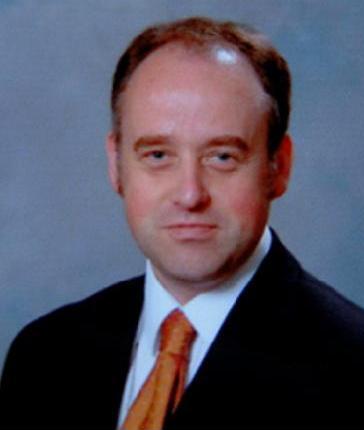What Clients Want
ExecutiveZen
Amongst the lessons Cranfield have learned from talking with our clients, with fellow executive education practitioners and with the Oracle community in particular are the following:
That there are (at least) two distinct, and sometimes conflicting, agendas involved in negotiating the provision and uptake of an executive education ‘product’. A convenient, though by no means sufficient, labelling of these agenda distinctions is between theory and practice; between the theoretical (Mode 1) perspective and the practitioner (Mode 2) perspective; between thinkers and doers. Quite possibly, striving for a unitary agenda across these perspectives is a futile process doomed to failure. More than that, such a unifying intent may ultimately limit our efforts to make a real and full contribution to management/business theory and practice. The convenience of unified agenda serves only to oversimplify a rich complexity. When transformed into the logical conclusion of a set of principles for executive education, or principles for the adoption of information communication technology (ICT) in executive education, the unifying intent inevitably leads to the wrong issues being addressed or a one-size-fits-all solution whose application is attempted but not appreciated. Equally importantly, a unitary perspective ignores the political dimensions inside organisations – some of which are related to learning, where others speak of power networks – that often provide the impetus for executive education decisions that have a direct commercial impact on the b-school provider communities.
That what we think consumers ‘should’ want, they don’t
That the ICT approach adopted by executive education providers is at the same time both dynamic and hesitant. Two informal Cranfield surveys of global b-school providers spaced at a twelve month interval indicates significant change in the nature of the product, the approach and the platforms used in delivering it. What was offered by one provider and the means by which it was provided at the start of the year was different to their offering at the end of the year. This was the case for several providers surveyed. In itself this should not be surprising, given the rate of change of IT systems. However, the breadth of change observed infers changing patterns of consumption as well as changing conceptions of those products.
Amongst the lessons Cranfield have learned from talking with our clients, with fellow executive education practitioners and with the Oracle community in particular are the following:
That there are (at least) two distinct, and sometimes conflicting, agendas involved in negotiating the provision and uptake of an executive education ‘product’. A convenient, though by no means sufficient, labelling of these agenda distinctions is between theory and practice; between the theoretical (Mode 1) perspective and the practitioner (Mode 2) perspective; between thinkers and doers. Quite possibly, striving for a unitary agenda across these perspectives is a futile process doomed to failure. More than that, such a unifying intent may ultimately limit our efforts to make a real and full contribution to management/business theory and practice. The convenience of unified agenda serves only to oversimplify a rich complexity. When transformed into the logical conclusion of a set of principles for executive education, or principles for the adoption of information communication technology (ICT) in executive education, the unifying intent inevitably leads to the wrong issues being addressed or a one-size-fits-all solution whose application is attempted but not appreciated. Equally importantly, a unitary perspective ignores the political dimensions inside organisations – some of which are related to learning, where others speak of power networks – that often provide the impetus for executive education decisions that have a direct commercial impact on the b-school provider communities.
That what we think consumers ‘should’ want, they don’t
That the ICT approach adopted by executive education providers is at the same time both dynamic and hesitant. Two informal Cranfield surveys of global b-school providers spaced at a twelve month interval indicates significant change in the nature of the product, the approach and the platforms used in delivering it. What was offered by one provider and the means by which it was provided at the start of the year was different to their offering at the end of the year. This was the case for several providers surveyed. In itself this should not be surprising, given the rate of change of IT systems. However, the breadth of change observed infers changing patterns of consumption as well as changing conceptions of those products.


0 Comments:
Post a Comment
<< Home